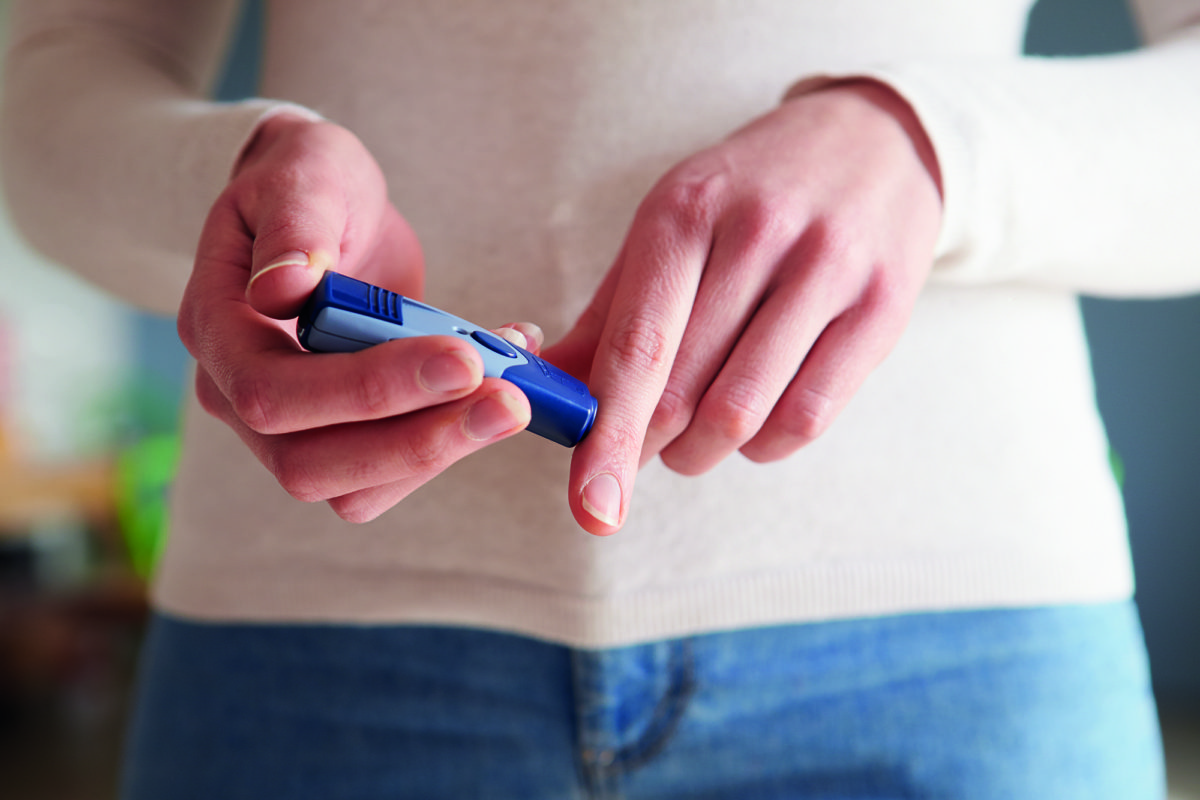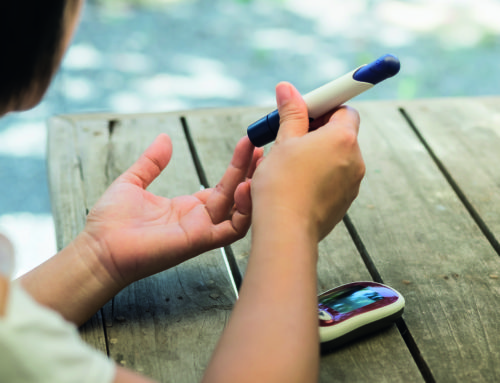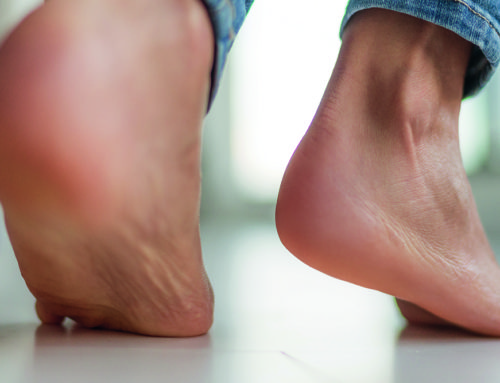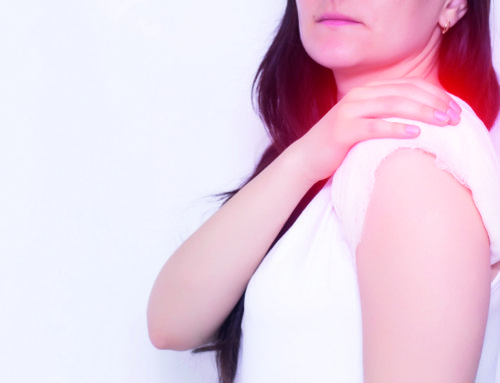Sharpen your knowledge of hypoglycaemia and diabetes – tackling the causes, impact, and avenues of treatment along the way – through the expert analysis of Gabriela da Silva Xavier, Senior Lecturer in Cellular Metabolism at the University of Birmingham.
What is Hypoglycaemia?
Hypoglycaemia literally means low blood sugar and is clinically defined as a blood sugar level at or below 3 mMs. In adults, severe hypoglycaemia is an episode of hypoglycaemia with cognitive impairment and requiring third-party assistance. (1) For the paediatric population, this would be an episode with severe neuroglycopenic symptoms (e.g. coma and convulsions) that requires third-party assistance. (2) It’s a condition that is frequently associated with the treatment of diabetes, although it also occurs in a variety of other less common conditions e.g. Addison’s disease, insulinomas, congenital hyperinsulinism.
Hypoglycaemia is like the quiet relative to hyperinsulinaemia in the treatment of diabetes, in that the lowering of high blood glucose is usually more of the focus topic, even though hypoglycaemia is the most common complication of insulin therapy in people with diabetes and contributes to the adverse health outcomes in diabetes. For example, a recent systematic review and meta-analysis showed an association between hypoglycaemia and longer length of stay and greater in-hospital mortality. (3)
During hypoglycaemia, patients may experience palpitations, pallor, shakiness, dizziness, headaches, and feelings of fatigue, anxiety, hunger, irritability, and a tingling sensation round the mouth. As
hypoglycaemia progresses, patients may also experience confusion, visual disturbances, seizures, and loss of consciousness. It’s not uncommon for patients experiencing extreme hypoglycaemia to be described as if they were intoxicated. Hypoglycaemia can occur while sleeping. But what gives rise to these symptoms?
What Causes Hypoglycaemia?
In people with diabetes, the main cause of hypoglycaemia is taking too much glucose-lowering medication, such as insulin, sulphonylureas or glinides; delaying / skipping meals; intense exercise or activity; and excessive intake of alcohol. Other possible causes of hypoglycaemia include reactive hypoglycaemia (which may be caused when there had been an excessive intake of carbohydrates and / or alcohol, surgical procedures for gastric bypass or ulcer, inherited metabolic disorders), binge drinking, and fasting / malnutrition. Hypoglycaemia could also be induced by the intake of certain medication (e.g. quinine).
So What Does Excessive Lowering of Glucose do?
Glucose is essential for brain metabolism and, therefore, brain function. Under normal circumstances, numerous physiological mechanisms ensure that blood glucose levels do not fall dangerously low.
Glucagon is a hormone that is secreted by the pancreatic alpha cells (one of the cell types that make up the pancreatic islet) in response to low blood glucose, i.e. glucagon is the counter-hormone to insulin. Like insulin, glucagon signals to peripheral tissues.
Unlike insulin, the sum total of glucagon signalling is the mobilisation of glucose stores (primarily in the liver) and de novo synthesis of glucose via gluconeogenesis to restore normal blood glucose.
Insulin secretion is suppressed when blood glucose concentrations fall below 4.4 mM (4), and glucagon secretion is activated when blood glucose is at 3.9 mM (4, 5), followed by elevation of epinephrine, growth hormone and cortisol (the sympathoadrenal response) as blood glucose continues to fall. (4 – 7) The fall in blood glucose is thus accompanied by the activation of counter-regulatory mechanisms to mobilise glucose stores and gluconeogenesis, restriction of peripheral glucose utilisation and autonomic symptoms which may result in food-seeking behaviour (excellently reviewed in (8)).
Glucagon release is suppressed in the presence of high insulin. (9) When excessive insulin is present in the blood stream due to e.g. excessive administration of insulin in type 1 diabetes or congenital hyperinsulinism, the alpha cells do not secrete glucagon, leading to a decrease in the counter-regulatory response. (9, 10) Loss of alpha cell function is observed in patients with type 1 diabetes. (11, 12) This loss of glucagon signalling, accompanied by a blunting of the sympathoadrenal response (caused by repeated exposure to hypoglycaemia) (13), over time, leads to hypoglycaemia unawareness, and the occurrence of persistent episodes of low blood glucose.
Postprandial hypoglycaemia has been reported in c. 75 per cent of patients that have undergone gastric bypass surgery. (14) This may be due to the exaggerated insulin and glucagon-peptide like one response from altered nutrient transit following the bypass surgery (15, 16), followed by subsequent blunting of the sympathoadrenal responses to hypoglycaemia. (8)
How is Hypoglycaemia Treated?
Treatment usually involves attempting to restore blood glucose levels to the normal range through the intake of high sugar foods / drinks, or with medication, depending on the cause and severity of the hypoglycaemia. The ability of glucagon to induce elevations of blood glucose means that exogenous glucagon lends itself to counter insulin-induced hypoglycaemia in patients with type 1 diabetes or insulinomas, and reactive hypoglycaemia.
A patient that is unconscious due to severe hypoglycaemia can be treated with an injection of glucagon as an emergency measure.
Various formulations of glucagon are available for use either by intramuscular, subcutaneous, intravenous, intranasal, or insulin pump administration (reviewed in (8)), many with increased stability and ease of administration. Continuous blood glucose monitoring allows the tracking of blood glucose in diabetic individuals requiring insulin and have been shown to help reduce hypoglycaemia incidence, particularly in patients with hypoglycaemia unawareness and nocturnal hypoglycaemia (reviewed in (17) and (18)). The use of glucagon and insulin in combination in a dual-hormone artificial pancreas, mimicking the function of the two hormones in vivo, may help to maintain blood glucose concentration within a target range. (19)
Glucagon acts on multiple tissue systems and the short-term side-effects of glucagon administration – nausea, vomiting, headaches – are well-known, but the long-term consequences of chronic use are still unclear. The preparation and administration of injectable glucagon can be problematic, leading to errors in the delivery of the drug, and under-prescription and use of injectable glucagon. (20, 21) Thus, there is a requirement for better formulations for glucagon and a better understanding of the long-term effects of chronic use for the treatment of hypoglycaemia.
Severe hypoglycaemia can be life-threatening. Due attention to hypoglycaemia risk is important for good treatment outcomes and avoidance of diabetes-related complications.
References
1. Seaquist, E.R., et al., Hypoglycemia and diabetes: a report of a workgroup of the American Diabetes Association and the Endocrine Society. Diabetes Care, 2013. 36(5): p. 1384-95
2. Barnard, K., et al., Fear of hypoglycaemia in parents of young children with type 1 diabetes: a systematic review. BMC Pediatr, 2010. 10: p. 50
3. Lake, A., et al., The effect of hypoglycaemia during hospital admission on health-related outcomes for people with diabetes: a systematic review and meta-analysis. Diabet Med, 2019
4. Schwartz, N.S., et al., Glycemic thresholds for activation of glucose counterregulatory systems are higher than the threshold for symptoms. J Clin Invest, 1987. 79(3): p. 777-81
5. Rickels, M.R., et al., Glycemic thresholds for activation of counterregulatory hormone and symptom responses in islet transplant recipients. J Clin Endocrinol Metab, 2007. 92(3): p. 873-9
6. De Feo, P., et al., Contribution of cortisol to glucose counterregulation in humans. Am J Physiol, 1989. 257(1 Pt 1): p. E35-42
7. De Feo, P., et al., Demonstration of a role for growth hormone in glucose counterregulation. Am J Physiol, 1989. 256(6 Pt 1): p. E835-43
8. Hawkes, C.P., D.D. De Leon, and M.R. Rickels, Novel Preparations of Glucagon for the Prevention and Treatment of Hypoglycemia. Curr Diab Rep, 2019. 19(10): p. 97
9. Cryer, P.E., Minireview: Glucagon in the pathogenesis of hypoglycemia and hyperglycemia in diabetes. Endocrinology, 2012. 153(3): p. 1039-48
10. Cooperberg, B.A. and P.E. Cryer, Insulin reciprocally regulates glucagon secretion in humans. Diabetes, 2010. 59(11): p. 2936-40
11. Arbelaez, A.M., et al., Blunted glucagon but not epinephrine responses to hypoglycemia occurs in youth with less than 1 yr duration of type 1 diabetes mellitus. Pediatr Diabetes, 2014. 15(2): p. 127-34
12. Gerich, J.E., et al., Lack of glucagon response to hypoglycemia in diabetes: evidence for an intrinsic pancreatic alpha cell defect. Science, 1973. 182(4108): p. 171-3.
13. Davis, S.N., et al., Effects of differing durations of antecedent hypoglycemia on counterregulatory responses to subsequent hypoglycemia in normal humans. Diabetes, 2000. 49(11): p. 1897-903
14. Kefurt, R., et al., Hypoglycemia after Roux-En-Y gastric bypass: detection rates of continuous glucose monitoring (CGM) versus mixed meal test. Surg Obes Relat Dis, 2015. 11(3): p. 564-9
15. Salehi, M., R.L. Prigeon, and D.A. D’Alessio, Gastric bypass surgery enhances glucagon-like peptide 1-stimulated postprandial insulin secretion in humans. Diabetes, 2011. 60(9): p. 2308-14
16. Bradley, D., et al., Gastric bypass and banding equally improve insulin sensitivity and beta cell function. J Clin Invest, 2012. 122(12): p. 4667-74
17. Mian, Z., K.L. Hermayer, and A. Jenkins, Continuous Glucose Monitoring: Review of an Innovation in Diabetes Management. Am J Med Sci, 2019
18. Beato-Vibora, P.I. and F.J. Arroyo-Diez, New uses and formulations of glucagon for hypoglycaemia. Drugs Context, 2019. 8: p. 212599
19. Haidar, A., et al., Single- and Dual-Hormone Artificial Pancreas for Overnight Glucose Control in Type 1 Diabetes. J Clin Endocrinol Metab, 2016. 101(1): p. 214-23
20. Yale, J.F., et al., Faster Use and Fewer Failures with Needle-Free Nasal Glucagon Versus Injectable Glucagon in Severe Hypoglycemia Rescue: A Simulation Study. Diabetes Technol Ther, 2017. 19(7): p. 423-432
21. Matsumoto, M., et al., The prescription rates of glucagon for hypoglycemia by pediatricians and physicians are low in Japan. Endocrine, 2019. 64(2): p. 233-238








